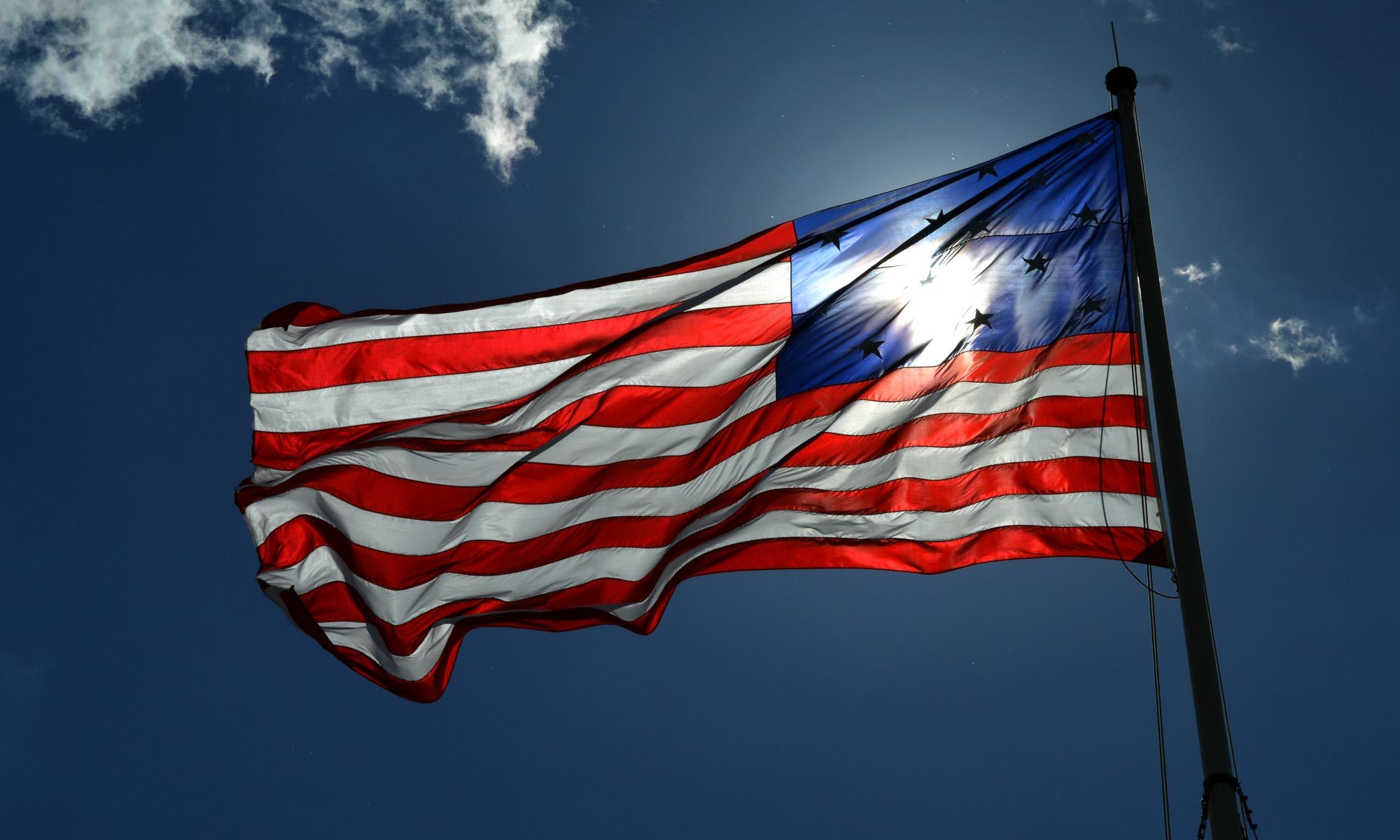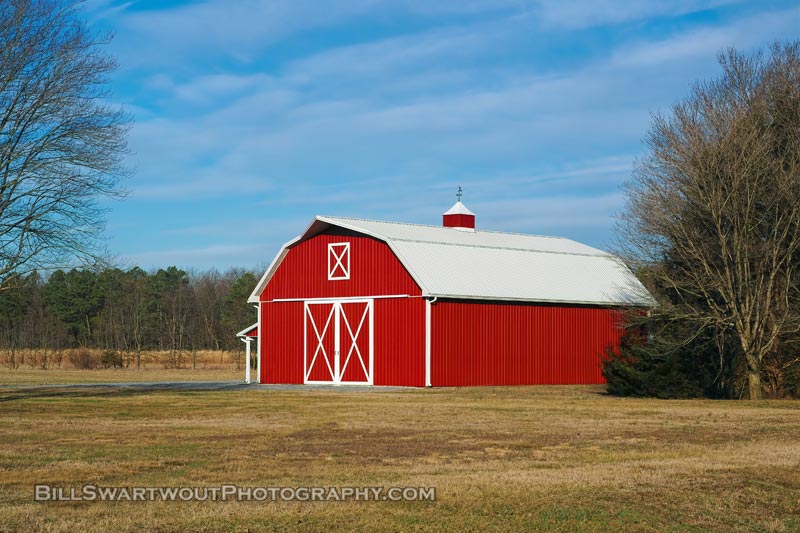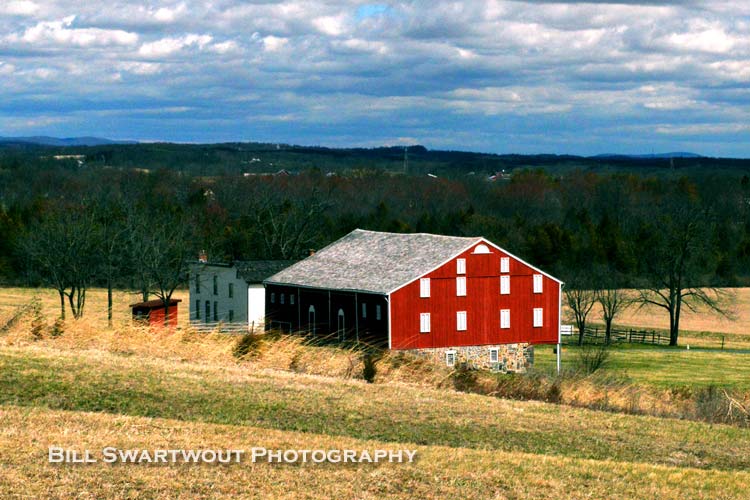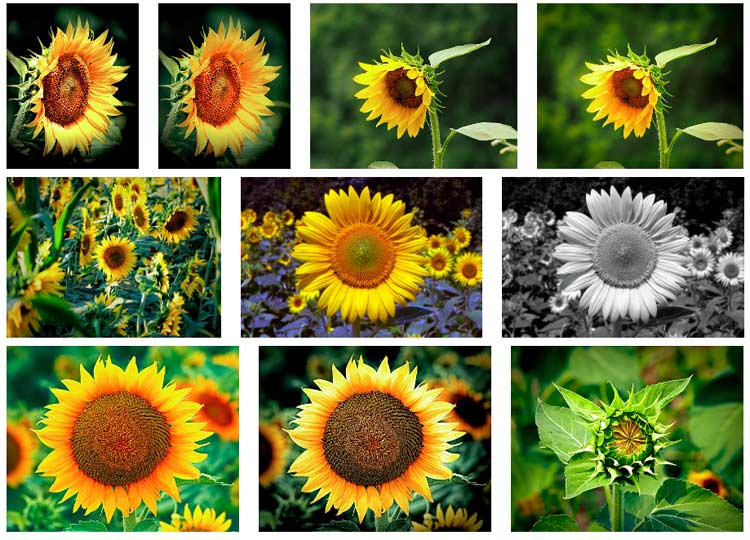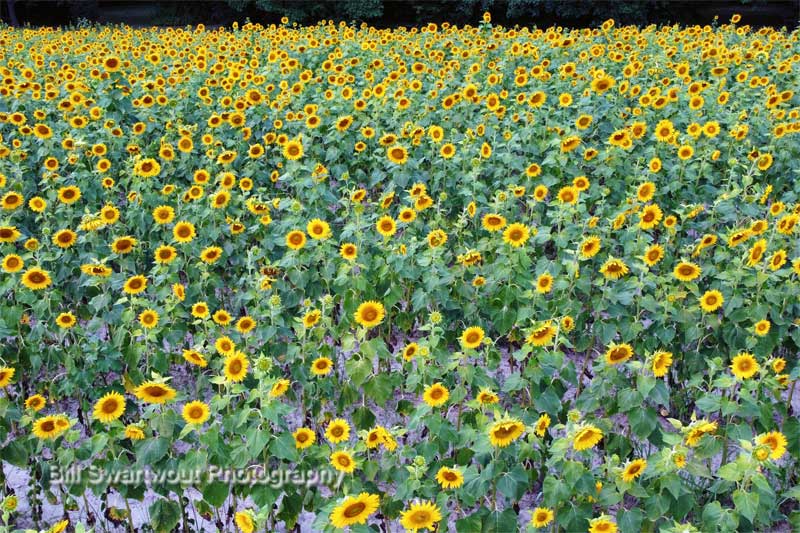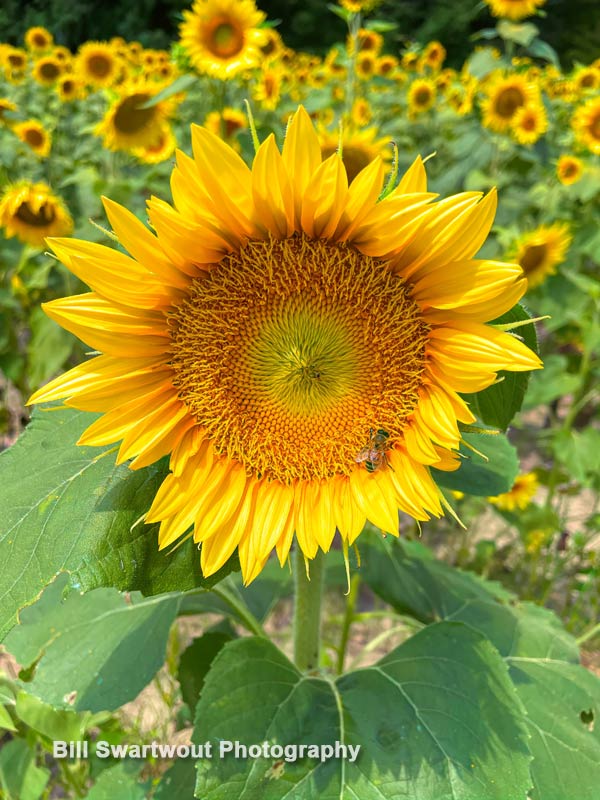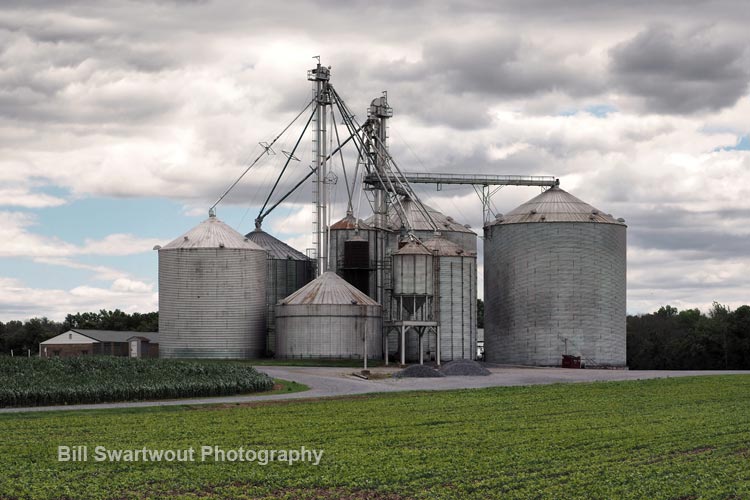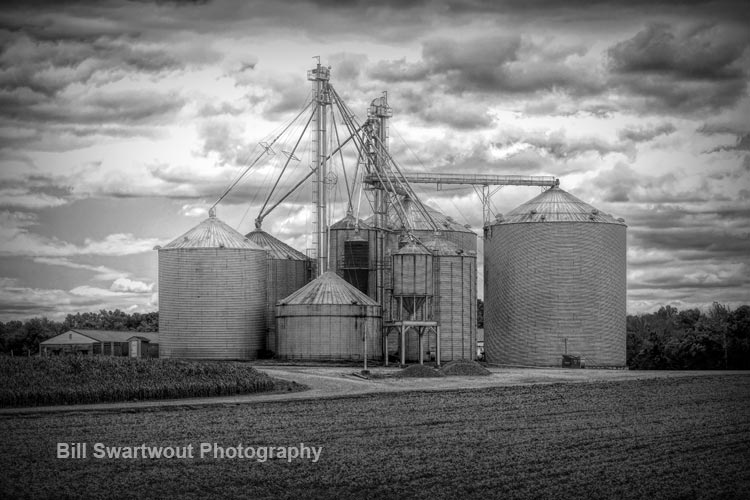An iconic barn near the Sleeping Bear Dunes National Lakeshore in Michigan
Located in the heart of Michigan near the Sleeping Bear National Lakeshore, this Patriotic Red Barn stands tall and proud with its classic American flag design. With its iconic red color contrasting against the sky, this barn serves as a nostalgic reminder of our nation’s history and the values we hold dear. A symbol of resilience and determination, it has become an emblematic landmark for both locals and visitors alike.

But beyond its visual appeal, the Patriotic Red Barn holds deeper significance. It embodies the spirit of unity that exists within our diverse society. As different people pass by or gather around this barn, they are reminded that despite our differences, we are all part of something greater – a shared love for our country. This barn acts as a unifying force that brings people together under one commonality: patriotism.
Whether you catch a glimpse of it on your daily commute or go out of your way to visit Michigan’s Sleeping Bear Dunes National Lakeshore specifically to see it, the Patriotic Red Barn creates an impact like no other structure can. Its timeless charm continues to captivate hearts and minds across generations. So next time you find yourself near Michigan’s picturesque landscape, don’t miss out on the opportunity to witness this powerful symbol firsthand – standing steadfast amidst changing times yet reminding us all of what it truly means to be proud Americans.
Available as prints on a variety of surfaces at: https://www.pictorem.com/854916/Patriotic%20Red%20Barn%20in%20Michigan.html?refer=BD2EET9DGH
